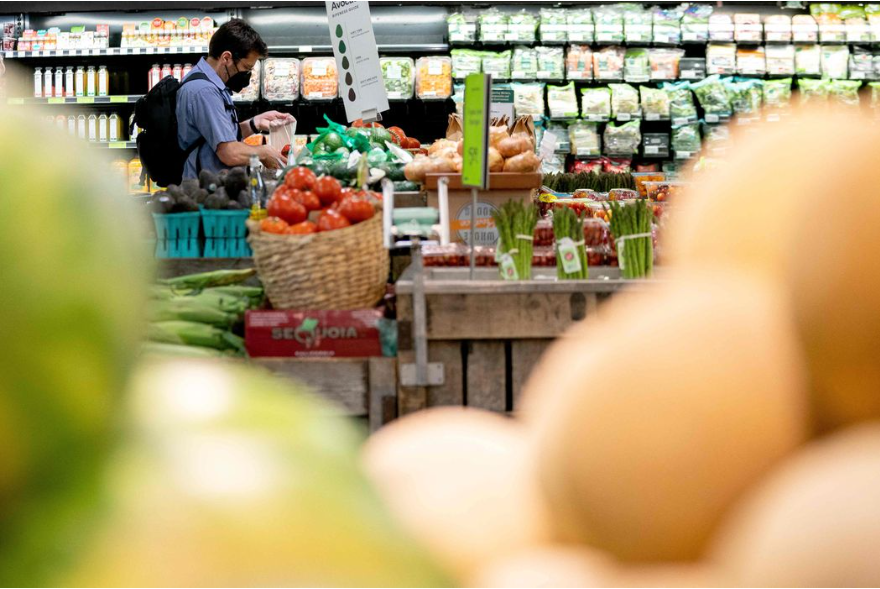Hunger Rising Amid Inflation: Study Finds Nearly 25% of Americans are Food Insecure

Food insecurity in the U.S. rose in 2022, reaching the highest level in four years.
The share of adults reporting food insecurity over the last year increased to 24.6% in December 2022, up from 20% the previous two years and 23.3% in December 2019, according to the latest survey by think tank the Urban Institute.
The annual Well-Being and Basic Needs Survey polled more than 7,500 adults ages 18 to 64. (Food insecurity essentially refers to when people are unable to afford adequate food for one or more family members.)
“Although investments in federal nutrition programs and other federal aid during the COVID-19 pandemic helped mitigate hunger, families contended with a new economic stressor in 2022: food price inflation,” the authors wrote.
In December 2022, food prices were 10.4% higher than the previous year and overall inflation was 6.5%, according to government data.
Some 63% of adults said their household grocery costs increased — a higher share than those who reported price increases in gasoline, home heating, rent, child care, health-insurance premiums and mortgage payments, the survey found.
Hispanic and Black adults were at greater risk of food security, a trend that was already apparent before the pandemic. In 2022, 32.6% of Hispanic adults and 30.4% of Black adults reported food insecurity, compared with 21.6% of white adults.
Waning Pandemic Support
The other factor was the end of pandemic-support programs, the authors noted. In 2020 and 2021, the rates of food insecurity were lower than in 2019 or 2022, but the share of adults who reported using charitable food services — such as free groceries or meals — was higher. In December 2020, 19.7% of adults reported receiving food from charitable sources. That share was 17.4% in December 2021 and 16% in December 2022.
Several pandemic-era benefits ended in 2022, including expanded child tax credits, which went back to their previous level beginning in January 2022. By late 2022, 17 states had ended the Supplemental Nutrition Assistance Program (SNAP) emergency allotments, and those allotments were ended in all states by the end of February 2023. The emergency allotments had added an average of $95 to families’ monthly benefits.
When the federal public health emergency ends on May 11, the last of the pandemic-era SNAP food assistance will also end, including expanded access for college students on work-study programs.
Food security and nutrition assistance will be among the key topics in discussions about the farm bill this year. The current version of the bill, the Agriculture Improvement Act of 2018, expires in September 2023. The farm bill essentially decides how the government will spend money on food — from agricultural production and international trade to food security and aid for lower-income families. Every five years, the House and Senate revisit the budget and requirements of the bill and reauthorize the bill. Each year in between, new appropriations must be approved.
More Americans who use food stamps reported skipping meals, eating less and going to food banks to manage costs last month, according to a separate monthly survey by Providers, an app for SNAP users that aims to help low-income Americans improve their financial health.
Food banks are seeing a surge in demand, according to the nonprofit Feeding America. Meanwhile, supplies at food banks have fallen as high inflation has affected food donations from grocery stores to wholesalers. Food banks said that donations from pandemic-era federal programs have also dwindled.
By Zoe Han, MarketWatch Reporter
Photo by Stefani Reynolds/Agenc Franc-Presse/Getty Images
